Editors’ Picks




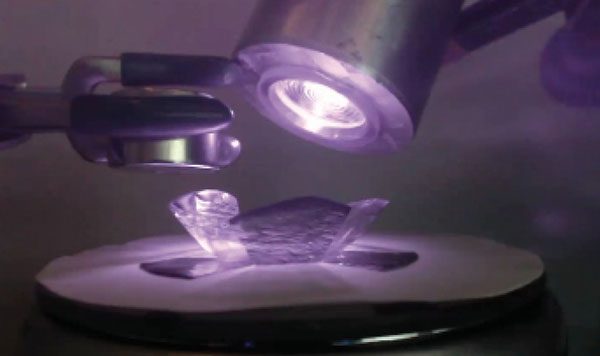
Found in Robotics News & Content, with a score of 23.49
…Jessica Liu, graduate research assistant at North Carolina State University. “Soft robots can be designed to bend and twist with high curvatures, allowing them to navigate within confined spaces.” Another advantage of soft materials is that they can be integrated into other material systems without altering natural mechanical properties. “Most soft materials can be cast in a 3D-printed mold or directly printed into 3D shapes using additive manufacturing,” says Carmel Majidi, associate professor of mechanical engineering at Carnegie Mellon University. “When combined with conductive fluids or elastomers, they can also be used to make soft, flexible and stretchable circuits, sensors…

Found in Robotics News & Content, with a score of 23.32
…workforce.” Shelton and Jonathan Hurst, two robotics Ph.D.s from Carnegie Mellon University, met as graduate students and founded the company seven years ago. Agility Robotics designs Digit for flexibility Despite the conventional wisdom that many industry problems have been addressed by automation, most robotics technologies today are purpose-built for single tasks, making them inflexible, expensive, and quickly obsolete, said Agility Robotics. By contrast, the company's legged robots are built to be versatile, cost-effective, non-threatening, and durable helpers to people, wrote Hurst, chief technology officer at Agility, in a recent blog post. The humanoids are built, not for dancing, but for…
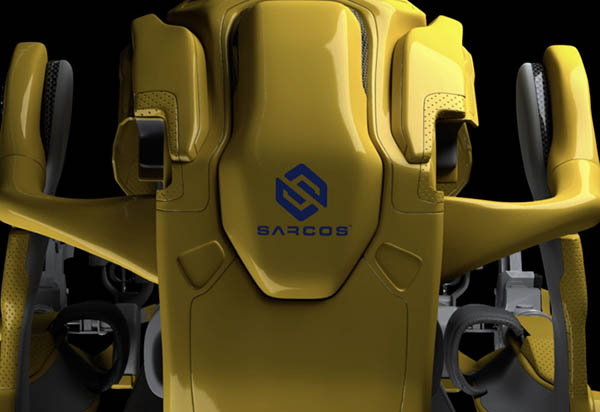
Found in Robotics News & Content, with a score of 22.70
…Jorgen Pedersen in 2001 as a spin out of Carnegie Mellon University’s National Robotics Engineering Center. It has more than 100 employees in its offices along Pittsburgh’s Robotics Row. Pedersen will become Sarcos’ Chief Operating Officer after the combination is complete, and all employees will be retained, according to Sarcos. “The RE2 team is looking forward to joining Sarcos and accelerating the development and adoption of intelligent robotic systems,” said Pedersen. “Across the globe, robotic technologies are changing the way workers perform complex, often dangerous tasks, particularly during a time of widespread skilled labor shortages. By combining our organizations, Sarcos…
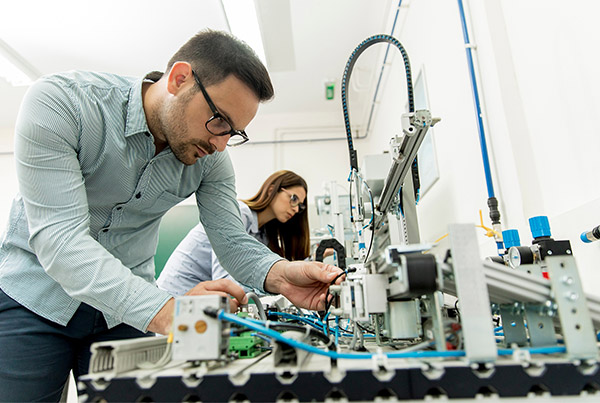
Found in Robotics News & Content, with a score of 22.70
…more than 130 exhibitors, including Aurora, Agility Robotics, and Carnegie Mellon University. Partnerships among the Southwestern Pennsylvania New Economy Collaborative, the Allegheny Conference on Community Development, Innovation Works, and the Southwestern Pennsylvania Commission are supporting the Pittsburgh Robotics Discovery Day. The PRN said it expects this year’s event to draw thousands of attendees to experience live demonstrations of the technologies “changing the way we live, move, and work.” They can also meet the people making them possible, learn about various ways to get into the field—from traditional degrees to new training programs – and connect with community organizations “elevating the…
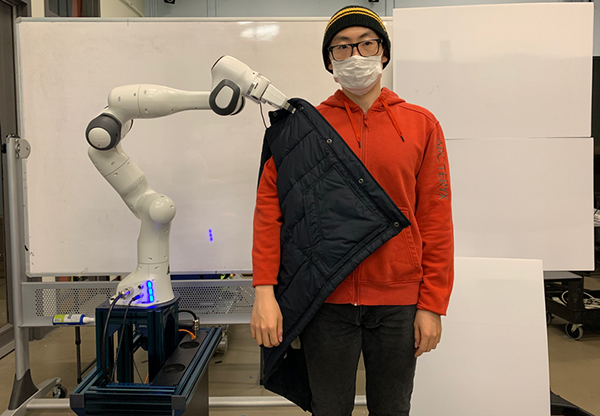
Found in Robotics News & Content, with a score of 22.06
…prediction, and feedback control for safe human-robot interaction,” said Zackory Erickson, an assistant professor in The Robotics Institute at Carnegie Mellon University. “This research could potentially be applied to a wide variety of assistive robotics scenarios, towards the ultimate goal of enabling robots to provide safer physical assistance to people with disabilities.” Li wrote the paper alongside CSAIL postdoctoral student Nadia Figueroa, MIT Ph.D. student Ankit Shah, and MIT Professor Julie A. Shah. They presented the paper virtually at the 2021 Robotics: Science and Systems conference. The work was supported by the Office of Naval Research.
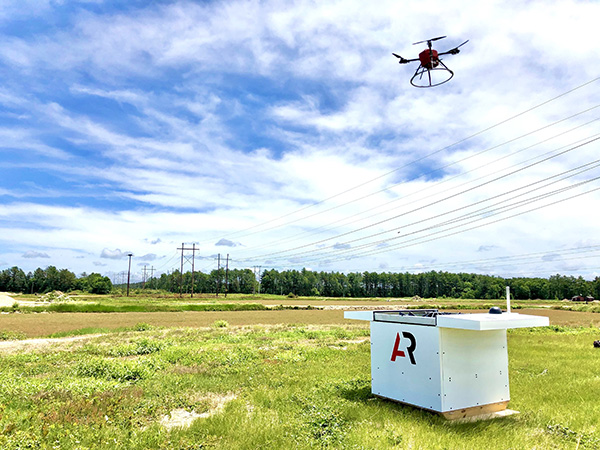
Found in Robotics News & Content, with a score of 21.94
…The company was founded in 2016 by roboticists from Carnegie Mellon University and Stanford University and is a resident member of MassRobotics. AR said Scout is a fully automated drone system capable of continuous, unattended operation. It is offered as a “drone-in-a-box” turnkey data solution service under a robotics-as-a-service (RaaS) business model. The U.S. Federal Aviation Administration (FAA) in January approved Scout as the first system for automated beyond visual line-of-sight (BVLOS) operations with no humans on-site. The company said this approval gives it an exclusive first-mover advantage to unlock the commercial drone market by overcoming the need for costly…

Found in Robotics News & Content, with a score of 21.19
…up the Pittsburgh robotics ecosystem, which is anchored by Carnegie Mellon University. It includes more than 130 robotics organizations developing applications for over 12 commercial industry sectors. The PRN said it mission is “to accelerate the adoption of robotic solutions by bridging this large and dynamic community, to the world.” The organization provides connections and works to expand collective knowledge and to advance robotic and artificial intelligence. xBridge and Future Travel Experience team to advance aviation Launched in 2020, xBridge is Pittsburgh International Airport’s proving ground for technologies and startups. The proof-of-concept and pilot site showcases new technologies in a…
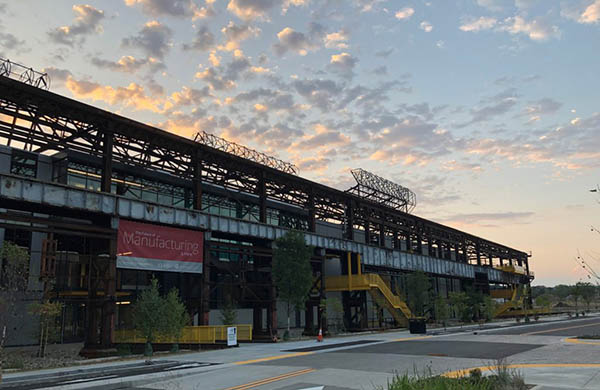
Found in Robotics News & Content, with a score of 20.98
…the following eight projects. AI Robot Programming Assistance Lead: University of Memphis Partners: READY Robotics, FedEx, DeepHow Description: There are technologies that can now dramatically reduce the knowledge necessary to program and install a robot, using no-code methods that make robotic programming accessible to those on the factory floor. However, there is still the limitation of process automation knowledge that can bottleneck or be a detriment to a successful robotic installation. This project aims to create an assistance system that can act as a stopgap for this lack of expertise by providing suggestions and corrections during robot task programming. This…
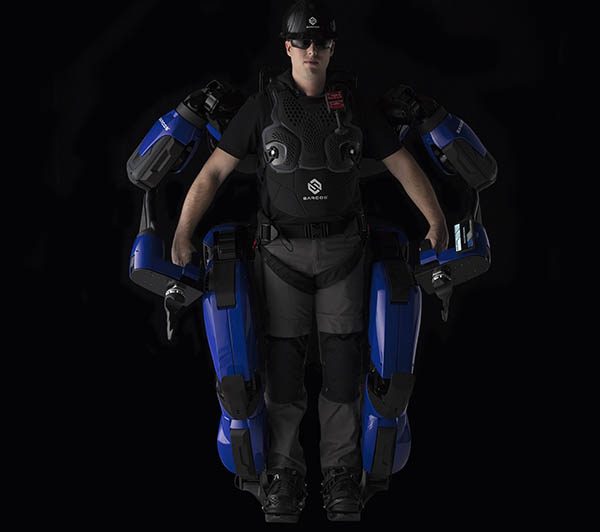
Found in Robotics News & Content, with a score of 20.87
…expand into new markets. RE2 was formed out of Carnegie Mellon University’s National Robotics Engineering Center in 2001. The company makes robotic arms that are used in the defense, medical, construction, energy, and undersea industries. Purchase nearly doubles Sarcos engineering team By acquiring RE2, Sarcos said it hopes to be able to broaden its customer base and bring on more talent. The company said the RE2 staff nearly doubles the size of its engineering team. With the acquisition, which will be paid $30 million in cash and $70 million in Sarcos common stock, all RE2 staffers will be retained, and…
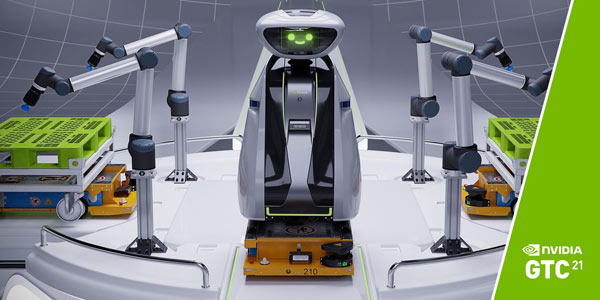
Found in Robotics News & Content, with a score of 19.21
…pretrained models. In addition, GTC 2021 featured speakers from Carnegie Mellon University and the University of California, Berkeley, on research applications. NVIDIA supports self-driving vehicle development Huang said that NVIDIA DRIVE Orin, a computing system on a chip (SoC) expected to go into production next year, will be the central brain of autonomous vehicles. Volvo Cars said it will use NVIDIA DRIVE Orin in its next-generation XC90 vehicles. NVIDIA claimed that DRIVE Atlan will be a “data center on wheels” and be able to perform more than 1,000 trillion operations per second (TOPS). “Atlan will be a technical marvel –…

Found in Robotics News & Content, with a score of 19.04
…professor of computer science and engineering at Texas A&M University. “We need to get tools in the hands of the people who should be using them, in the first wave of emergency responders.” Murphy is an Institute of Electrical and Electronics Engineers (IEEE) and Association for Computing Machinery (ACM) fellow, and director of the Humanitarian Robotics and AI Laboratory. She has spoken about the role of robotics in responding to emergencies and infectious diseases, as well as the importance of human-machine interaction. Economic incentive needed for development “While many drones are being used by firefighters and law enforcement, there's not…
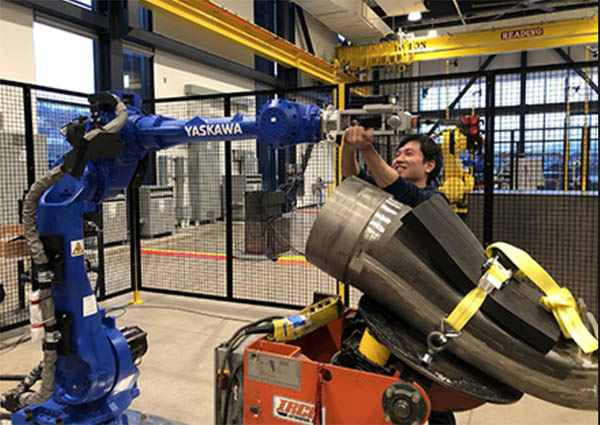
Found in Robotics News & Content, with a score of 18.73
…Robotics for Manufacturing (ARM) Institute, students and engineers at Carnegie Mellon University's Robotics Institute discovered a single solution to two of these material removal challenges. The team included research and development experts from Siemens Technology, as well as application guidance and support from Yaskawa. Together, these automation experts devised a system that uses robots to remove weld beads from inside a tube. Material removal operations are essential to a variety of industries and range from very light finishing to heavy gate removal. Some processes are relatively simple, while other parts require a variety of tools and techniques over many hours…



